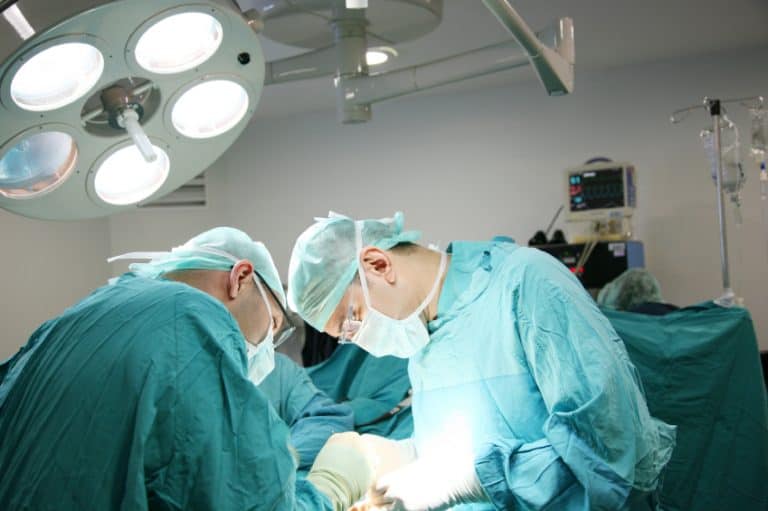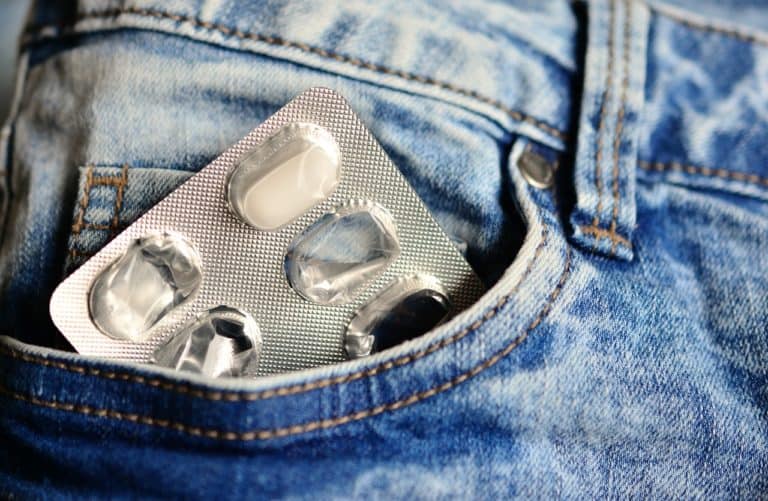Before men with prostate cancer undergo prostatectomy, one of the most burning questions they ask is, “What are the side effects?” Although urinary incontinence has long been identified as a significant side effect of radical prostatectomy, a new study suggests urinary incontinence risk after prostatectomy remains high for longer than many once believed, even as long as 15 years.
Numerous studies have explored the risk of urinary incontinence following radical prostatectomy. In the early weeks after surgery, some urine leakage is common because the external sphincter, which controls urine flow, often does not function optimally.
In fact, the Prostate Cancer Foundation reports that about 25 percent of men experience frequent leakage or no bladder control at six months after prostatectomy. However, this number drops to less than 10 percent by three years.
Now a Canadian team reports it found that 5 percent of men who underwent radical prostatectomy may require surgery to address severe urinary incontinence up to 15 years after their prostate surgery. The study, which appeared in the Journal of Urology, is the first to suggest urinary incontinence may be a persistent concern for men who have undergone radical prostatectomy.
The study results were based on an evaluation of data for 25,346 men who had a radical prostatectomy between 1993 and 2006. The researchers found that:
- Nearly 5% of the men required surgery for urinary incontinence and bladder issues
- The need for bladder surgery increased over time: 2.6% at five years post-prostatectomy to 4.8% after 15 years
- Men who had a prostatectomy after age 60 had double the risk of needed surgery for urinary incontinence
Men who are contemplating radical prostatectomy should heed the results of this study and discuss them with their healthcare provider as part of their decision-making process.
Read more in our Prostate Cancer Health Center.
Reference
Nam RK et al. Population based study of long-term rates of surgery for urinary incontinence after radical prostatectomy for prostate cancer. Journal of Urology 2012 Aug; 188(2): 502-6







